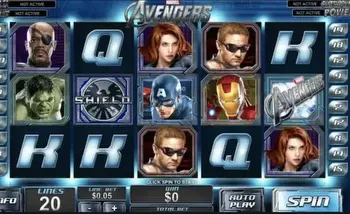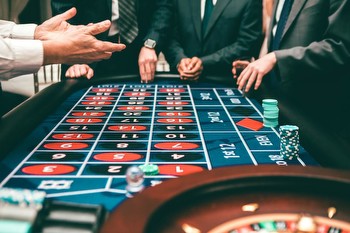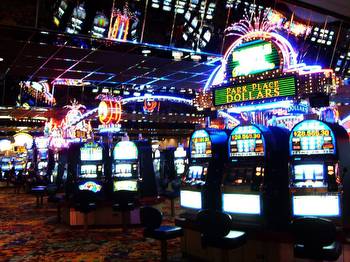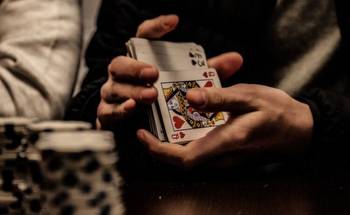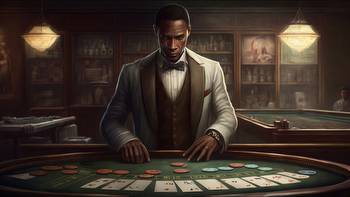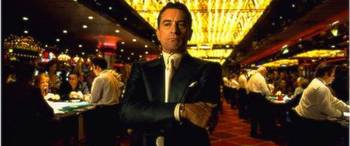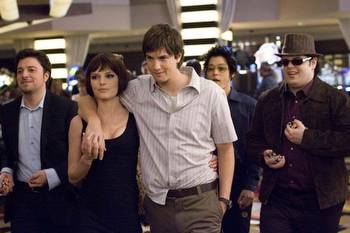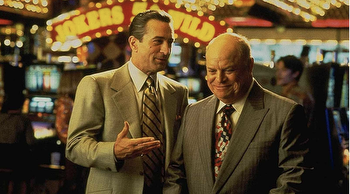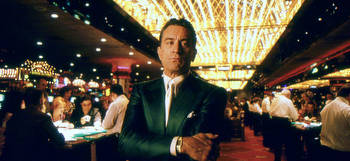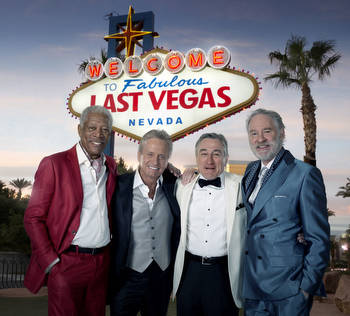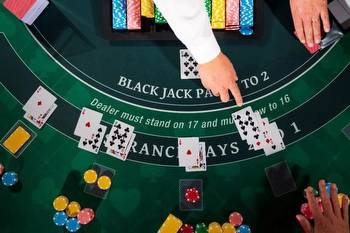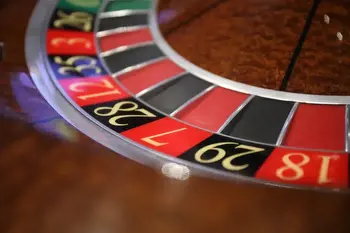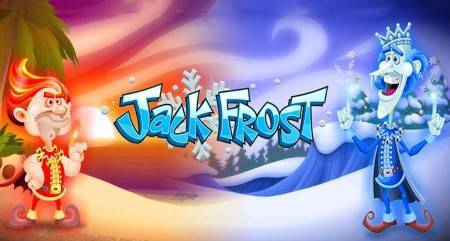How has Hollywood influenced real-life gambling?

The impact of gambling on cinematic stories is often discussed, but what gets overlooked is how this is a two-way relationship. Art reflects life, and vice versa, especially when it comes to the world of casino gaming.
Let’s look at some clear examples of this phenomenon, and talk about what impact this has had on the gambling industry to date.
The fashion
Lots of people don’t realize that casinos are not particularly prescriptive about what you wear during your visit. Las Vegas in particular doesn’t have a strict dress code in most resorts; so long as you’re wearing shoes and a shirt, you’ll be fine.
However, the portrayal of gambling in myriad James Bond movies, as well as the Ocean’s franchise, as an activity where eveningwear is essential, has helped to encourage more people to glam-up when they play games of chance.
The destinations
We’ve already mentioned Las Vegas, and there’s no denying that the global appeal of this desert destination is in part due to how often it has appeared in Hollywood productions.
In turn, how it’s showcased impacts expectations for real-life visitors. It’s not just the high class escapades of super-spies and crooks that influence people, but also the chaos and excess of movies like The Hangover which transform Vegas vacations. Indeed there are so many films set in Sin City, you could host a movie marathon consisting of this subgenre alone.
There are also other locations worldwide, such as Monaco and Montenegro, that have attained more allure, and earned more visitors, after being featured in movies.
The games
Casinos can be intimidating if you don’t know how to play the games they feature, yet when major cinematic releases focus on one particular table game, this helps demystify it for wider audiences.
Of course in the modern era, where online gambling and extraordinary casino cashback offers make getting to grips with even the most complex games of chance a breeze, this is less necessary. But prior to the age of the internet, it was handy for the likes of poker and blackjack to be covered in film narratives.
Once more, this has swayed people to choose particular games to play over others, just as the rise of televised poker tournaments gave this game a boost over alternatives in the 80s and 90s.
The peaks and troughs
For the most part, the representation of gambling onscreen is idealised and arguably unrealistic. Or at least this is the case in mainstream releases, where the pressure to have a happy ending tends to trump the need to stick to what would likely happen if the outcome of a game of chance was left up to fate, and not to the writers.
However, there are a few gambling movies which have introduced audiences to the darker side of things, and no doubt made people think twice about getting in too deep.
From the violence of Martin Scorsese’s Casino to the bleakness of Mike Figgis’ Leaving Las Vegas, from the off-kilter vibe of Wayne Kramer’s The Cooler to the highs and lows of Aaron Sorkin’s Molly’s Game, there are a surprising number of releases that do a good job of putting realism at the top of the agenda.
Showing people that they can lose more often than they win is important, as gambling is of course designed to make money for casinos and only reward a lucky few players.
Wrapping up
Hollywood’s obsession with gambling isn’t going anywhere, and no doubt the films which deal with it further down the line will have just as much effect on real-world casinos as those that are already iconic.








